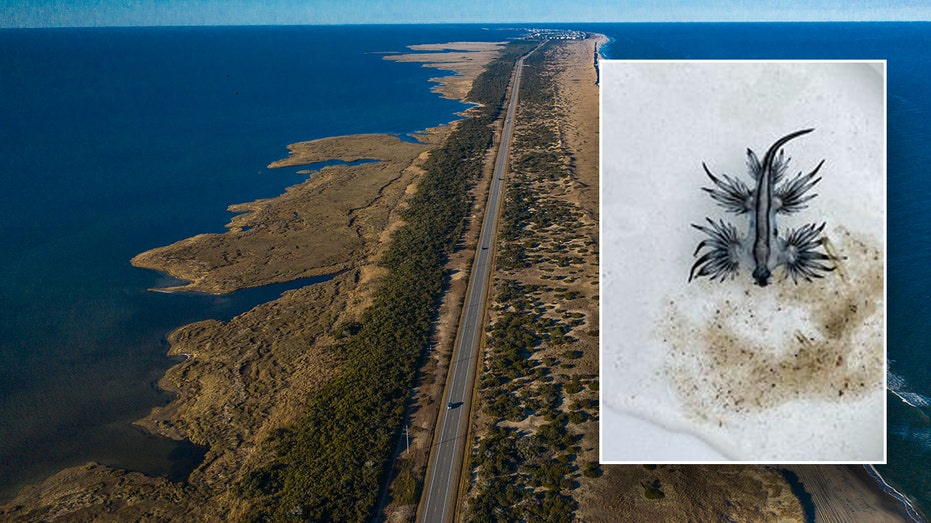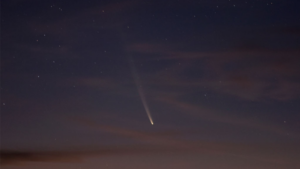
Beware: Venomous Blue Sea Dragons Wash Ashore on North Carolina’s Outer Banks
In a surprising turn of events, venomous creatures known as Blue Sea Dragons have been spotted on the picturesque beaches of the Outer Banks in North Carolina. The National Park Service has issued a warning, highlighting the potent sting these slugs can deliver.
What Are Blue Sea Dragons?
The Cape Hatteras National Seashore recently took to social media to inform the public about the presence of Glaucus atlanticus, commonly referred to as Blue Sea Dragons. These striking sea slugs are typically found in the open ocean but can occasionally wash ashore due to strong winds and currents.
Despite their small size—reaching only about an inch long—Blue Sea Dragons are not to be underestimated. Their vibrant appearance can be deceiving, as they possess a powerful venom that allows them to defend themselves effectively.
Habitat and Behavior
Blue Sea Dragons are often discovered in tropical and subtropical waters across the Atlantic, Pacific, and Indian Oceans. They are unique in that they spend most of their lives floating upside-down at the surface, buoyed by air bubbles stored in their stomachs. This adaptation allows them to thrive in their oceanic environment.
Feeding Habits and Venom Storage
These remarkable creatures are known to feed primarily on the Portuguese man o’ war, a notoriously venomous jellyfish. What’s particularly fascinating is that Blue Sea Dragons can store the venom from their prey, enhancing their own defense mechanisms. The National Park Service has noted that they can concentrate this venom, resulting in a sting that is even more potent than that of the man o’ war itself. “Talk about a fiery bite for such a small dragon!” the park service remarked.
Safety Precautions for Beachgoers
Given the toxic nature of these tiny slugs, park officials urge beachgoers to admire the Blue Sea Dragons from a safe distance. It’s essential to be cautious, as these creatures can form groups known as “Blue Fleets.” Whether dead or alive, they retain their venomous properties, making it crucial to observe them without physical contact.
The Cape Hatteras National Seashore emphasizes, “If you encounter one of these blue beauties, please enjoy this fascinating organism without touching it.” Respecting the natural habitat and its inhabitants is vital for both personal safety and the preservation of marine life.
As these stunning yet dangerous creatures continue to wash up on the shores, they serve as a reminder of the ocean’s incredible diversity and the importance of understanding the wildlife that inhabits it.

